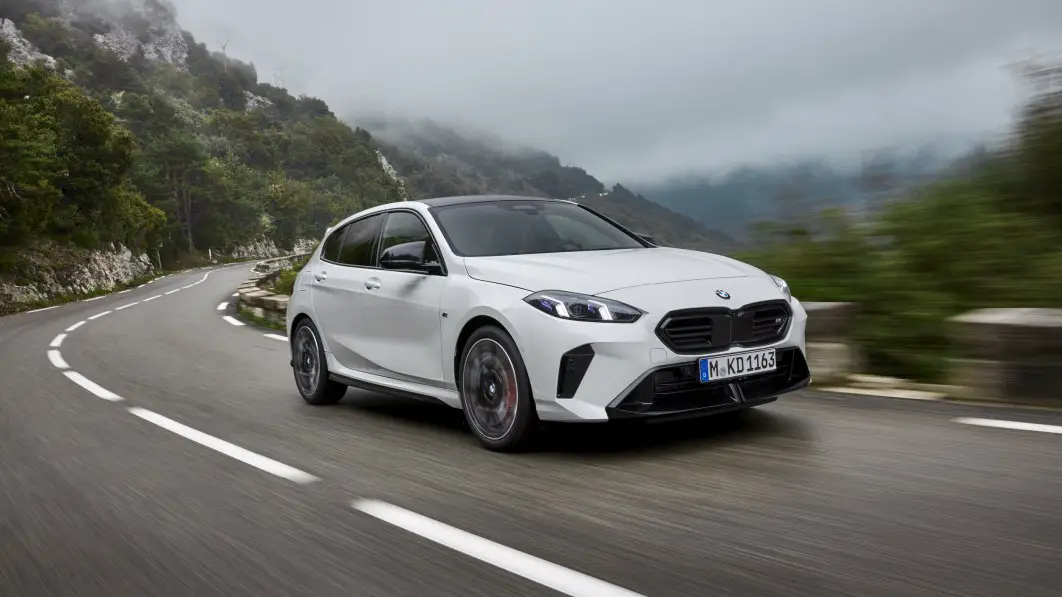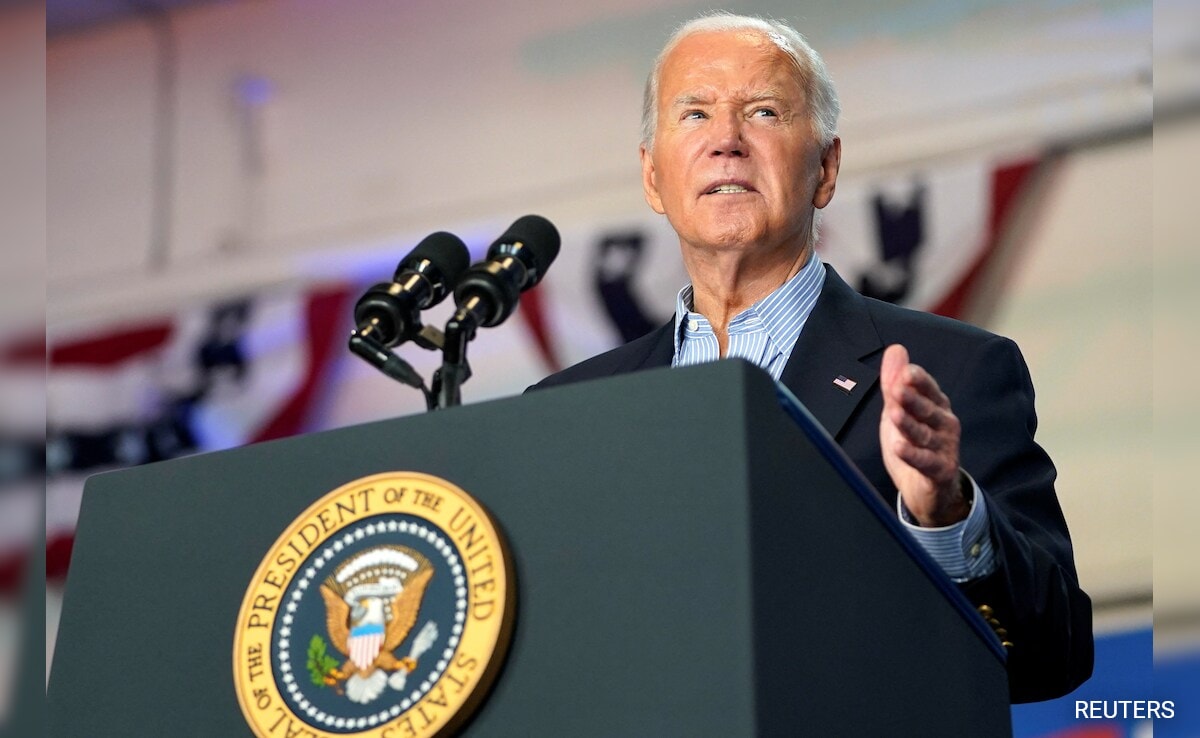

In the United States, our fling with the BMW 1 Series ended when the coupe morphed into the 2 Series for 2014. The nameplate lives on in Europe as the brand’s entry-level hatchback, however, and it’s entering its fourth generation with a long list of changes inside and out.
The third-generation 1 Series released in 2019 ushered in significant updates: it switched from rear- to front-wheel-drive and its proportions shifted accordingly. Its successor is more of an evolution than a revolution in terms of design. Its front end wears sharper-looking headlights and a grille that’s thinner and wider than the outgoing model’s, while the rear lights remain horizontal but get a kink where the bumper meets the hatch. The model stretches 171.6 inches long, 70.8 inches wide, and 57.4 inches tall, so it’s slightly longer and taller than the old 1.
Buyers will have several appearance options to choose from, including high-gloss black paint on the roof and the M Sport Design Package. It’s not all about design, though. BMW claims that it improved the 1’s steering feel and cornering ability by increasing the body’s rigidity.
Inside, the new 1 Series is jam-packed with tech features that have trickled down from BMW’s bigger and more expensive models. It’s available with the Curved Display that fuses a 10.25-inch digital instrument cluster and a 10.7-inch infotainment system touchscreen into a single unit. This layout allowed designers to dramatically reduce the number of buttons on the center stack; even the climate control system settings are now accessed via the infotainment system. The shifter has been replaced by a small switch located on the center console.
At launch, the range will include four variants called 120, M135 xDrive, 118d, and 120d, respectively. It’s 120, not 120i, because BMW is dropping the “i” (which was rolled out to denote fuel injection). The 120 gets a three-cylinder rated at 170 horsepower, which is enough for a 7.8-second sprint from zero to 62 mph. Positioned at the top of the lineup, the M135 uses a four-cylinder turbocharged to 300 horsepower (oddly, it loses six horsepower compared to the old M135i). It hits 62 mph in 4.9 seconds and also benefits from several chassis updates.
On the turbodiesel side of the range, the 118d and the 120d offer 150 and 163 horsepower, respectively, from a four-cylinder engine. The former takes 8.3 seconds to reach 62 mph from a stop, while the latter posts a time of 7.9 seconds. It’s not too far-fetched to speculate that more variants will appear later on, though don’t expect a full-blown 1 Series M. BMW notes 48-volt mild-hybrid tech is fitted to all models.
Front-wheel-drive and a seven-speed dual-clutch automatic transmission come standard on the 120, the 118d, and the 120d. Interestingly, that means the stick-shifted 1 Series is dead — even Europeans seemingly no longer want to give a shift. The M135 is all-wheel-drive.
The new BMW 1 Series will go on sale across Europe in October 2024. Nothing suggests we’ll see this little hatchback on our shores.






